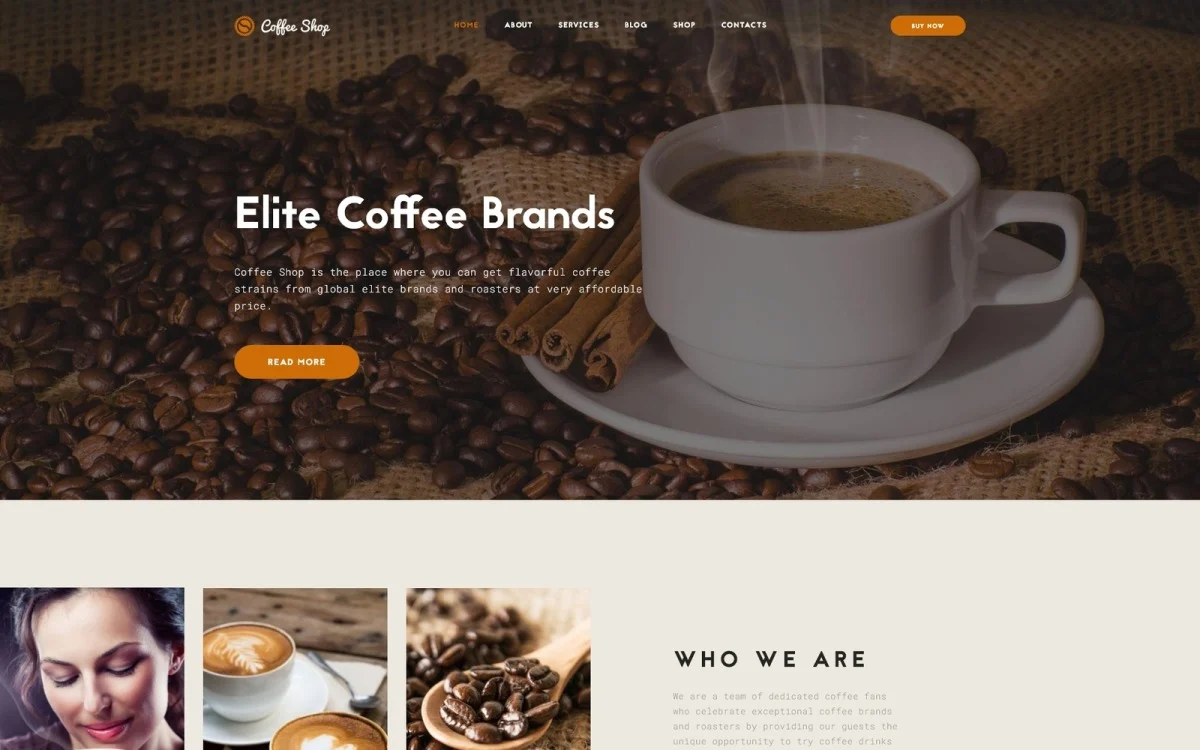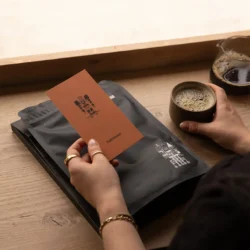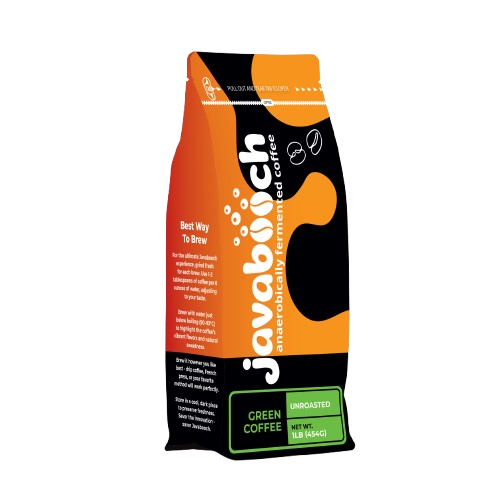Your coffee may be incredible, but if your website doesn’t reflect that, customers will never click “buy.”
A great coffee website isn’t about flashy animations or fancy fonts—it’s about clarity, trust, and storytelling that leads to sales.
In this post, I’ll show you how to build a high-converting coffee brand website that reflects your passion and turns visitors into loyal customers—even if you’ve never built a site before.
1. Pick the Right Platform (Don’t Overthink It)
For most coffee brands, the top 3 beginner-friendly platforms are:
- Shopify – Best for all-in-one commerce (inventory, shipping, payments)
- WordPress + WooCommerce – Highly customizable and scalable
- Squarespace – Clean design and easy setup (limited commerce tools)
🎯 Martin’s pick for beginners: Shopify (fast, mobile-friendly, built-in tools)
2. Your Homepage: The First Sip of Your Story
Your homepage should answer three questions in the first 10 seconds:
- What do you sell?
- Why is it different?
- What should I do next?
Must-have homepage sections:
- Bold hero image with headline: “From Farm to Cup, Ethically Sourced.”
- Quick intro (your story in 2 lines)
- Featured product or collection
- Trust-building badges (like “Roasted in Small Batches,” or “Direct Trade”)
- Email capture (get those leads!)
- CTA: “Shop Now” or “Discover Our Coffee”
💡 Use high-resolution photos of your actual coffee packaging and team if possible.
3. Product Pages That Sell (Not Just Show)
A strong product page includes:
- Large, zoomable images
- Short but compelling product description
- Flavor notes & roast level
- Brewing recommendations
- Customer reviews
- “You may also like” related products
- Clear pricing + “Add to Cart” button above the fold
📦 Tip: Offer one-time purchase & subscription option for recurring revenue.
4. Tell Your Origin Story
People don’t just buy coffee—they buy the why behind the brand.
Create a dedicated “About” page that answers:
- Who are you?
- What inspired you to start a coffee brand?
- Where do you source your beans?
- What values guide your process?
✅ Add a few behind-the-scenes photos (roastery, farms, packaging).
🧠 Martin’s advice: Share how coffee changed your life—and how you want to change others’ lives through it.
5. Add a Blog to Educate and Rank on Google
A blog is your secret weapon for:
- Telling deeper brand stories
- Educating on coffee (brewing, sourcing, sustainability)
- Ranking on Google for keywords like “best anaerobic coffee” or “how to brew pour over”
📌 Sample blog ideas:
- “5 Ways to Brew Better Coffee at Home”
- “Why We Source from Smallholder Kenyan Farmers”
- “What Makes Anaerobic Fermentation Special?”
Consistency builds trust and SEO power.
6. Build Trust with Social Proof
Before people buy, they need to trust you. Add:
- Customer reviews
- Instagram feed of real users
- Press mentions or awards
- Trust icons: SSL-secure, Fast shipping, Money-back guarantee
🛒 No one likes to buy from an empty, lifeless store. Keep your site active.
7. Mobile Optimization is Not Optional
Over 70% of your traffic will come from mobile. If your site looks good only on desktop, you’re losing sales.
✅ Make sure:
- Images scale well
- Text is readable without zooming
- Buttons are thumb-friendly
- Pages load in under 3 seconds
🔍 Use Google’s Mobile-Friendly Test to check.
8. Make It Easy to Contact You
Create a Contact Page with:
- Contact form
- Email & phone (if applicable)
- Social media links
- Shipping & FAQ links
📥 Build a “human” brand—let them know real people are behind the beans.
9. Email Signup = Money on Autopilot
Place an email signup form in:
- Homepage hero
- Footer
- Blog sidebar
- Exit-intent popups
Offer an incentive like:
- “10% off your first order”
- “Get our free coffee brewing guide”
- “Be the first to try our limited releases”
📬 Email = highest ROI of any digital channel.
10. Don’t Launch and Leave — Keep Iterating
Your website is never done. Improve over time:
- A/B test headlines or CTAs
- Add new products
- Optimize for speed
- Update photos
- Track using Google Analytics or Shopify Insights
📈 Martin’s Rule: Every 60 days, make 1 improvement to your website experience.
Final Thoughts
You don’t need to be a developer or designer to create a world-class coffee brand website.
You just need the right structure, story, and intention.
With the tools and strategies above, you’ll not only build a beautiful online presence—you’ll create a store that converts browsers into brand fans.




